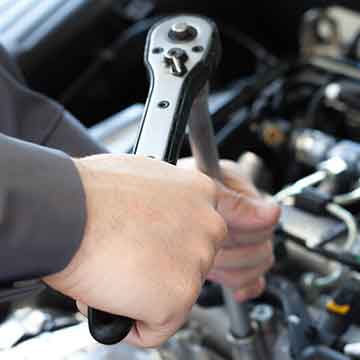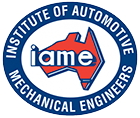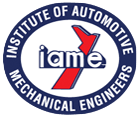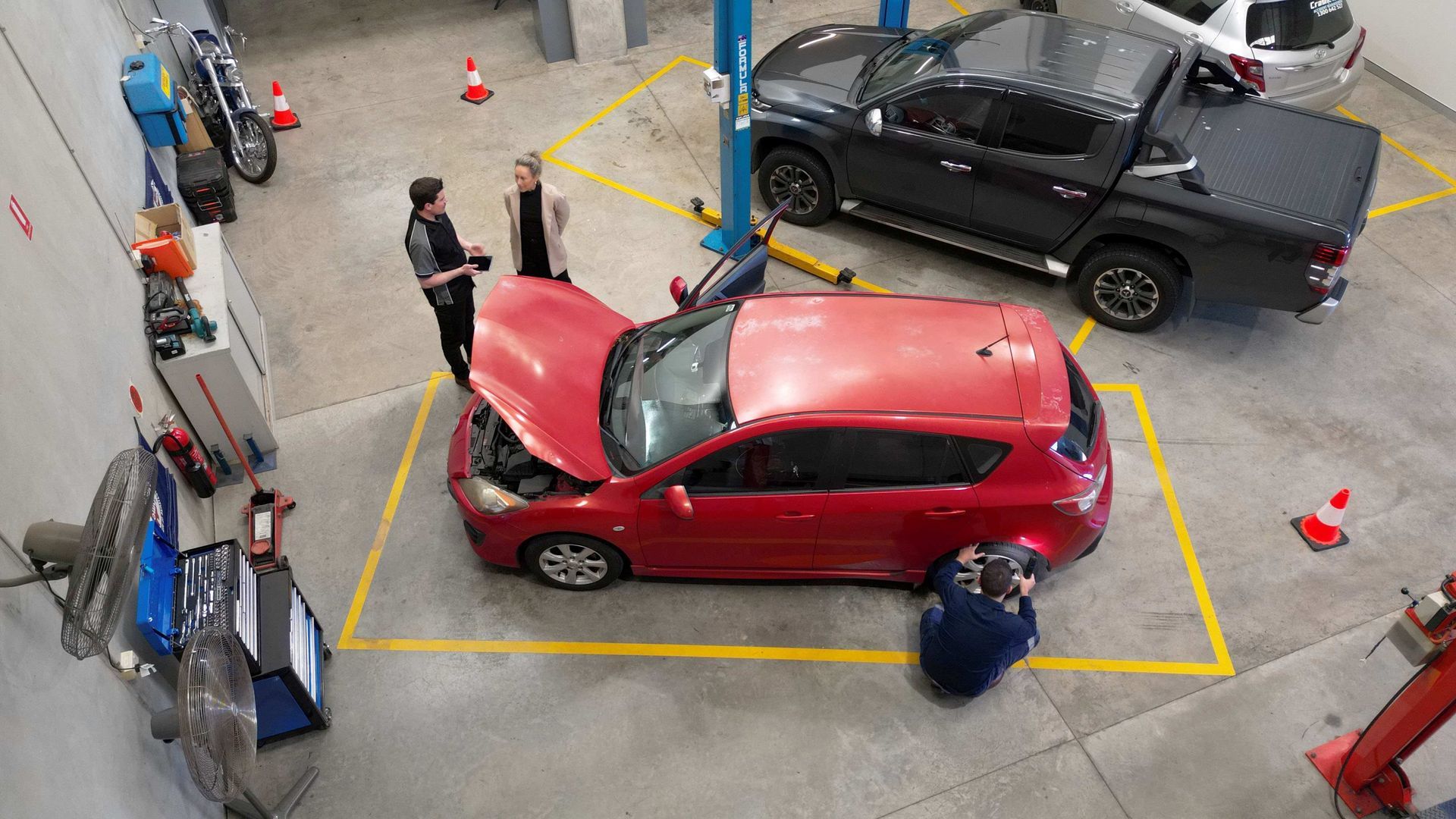Proposed Rule Changes: Wider Trucks with Safety Packages to Transform Australia's Roads

Australia's road transport industry is on the cusp of a transformative change as proposed rule amendments seek to allow wider trucks fitted with specified safety packages to operate across the country. This groundbreaking development, which aims to enhance both the efficiency and safety of road freight transport, has the potential to revolutionize the way goods are transported in Australia. In this article, we explore the proposed rule changes and their potential impacts.
Expanding Truck Width: A Necessity for Efficiency
The current regulations governing truck width in Australia have long been a point of contention. The rules have limited the width of trucks to 2.5 meters, which has posed challenges for the transportation of oversized cargo, hampering efficiency and leading to increased costs for businesses.
Recognizing the need for reform, regulatory authorities are considering changes that would permit wider trucks on the road, provided they are equipped with specified safety packages. These packages would include advanced safety features such as lane-keeping assist, adaptive cruise control, blind-spot monitoring, and collision avoidance systems.
Safety as a Top Priority
The proposed rule changes do not merely entail widening the scope for larger trucks. Equally important is the emphasis on safety. The specified safety packages are designed to make wider trucks safer for both drivers and other road users.
Lane-keeping assist systems, for example, can help prevent accidents by alerting drivers when their vehicles begin to drift out of their lanes. Adaptive cruise control maintains a safe following distance from other vehicles, reducing the likelihood of rear-end collisions. Blind-spot monitoring and collision avoidance systems are designed to prevent accidents during lane changes or merging onto highways.
Benefits of the Proposed Rule Changes
Enhanced Efficiency: Wider trucks can carry more goods per trip, reducing the number of journeys required for transportation. This could significantly decrease the environmental impact and operational costs associated with the road freight industry.
Safety Improvements: The inclusion of advanced safety features in these trucks can lead to a reduction in accidents, injuries, and fatalities on the roads. This not only protects truck drivers but also benefits all road users.
Competitive Advantage: Businesses involved in freight transportation can gain a competitive edge by adopting these changes, increasing their capacity and efficiency while simultaneously prioritizing safety.
Economic Impact: A more efficient and safer road transport system can positively impact the national economy by reducing the cost of goods and services, making Australian businesses more competitive on the global stage.
The proposed rule changes to allow wider trucks fitted with specified safety packages to operate in Australia represent a significant step forward in the country's road transport industry. By balancing the need for efficiency with a strong commitment to safety, these changes have the potential to usher in a new era of road freight transportation.
Australia's business landscape and economy stand to gain from the increased efficiency and reduced operational costs these changes could bring. Simultaneously, the enhanced safety features promise a reduction in accidents and fatalities on the roads.
As the transportation industry continues to evolve and adapt to modern challenges, the proposed rule changes are a testament to Australia's commitment to innovation and safety in the road freight sector.








